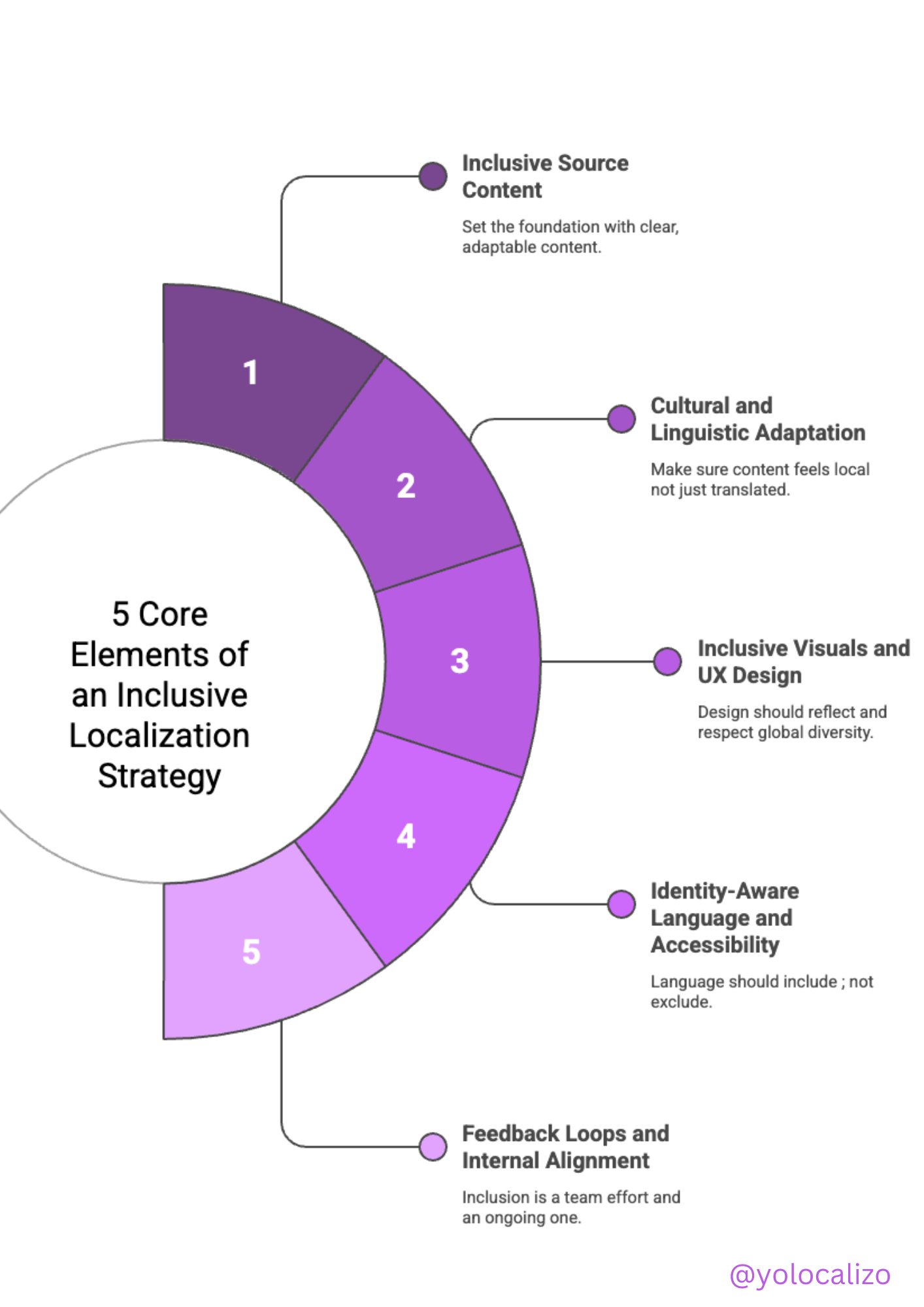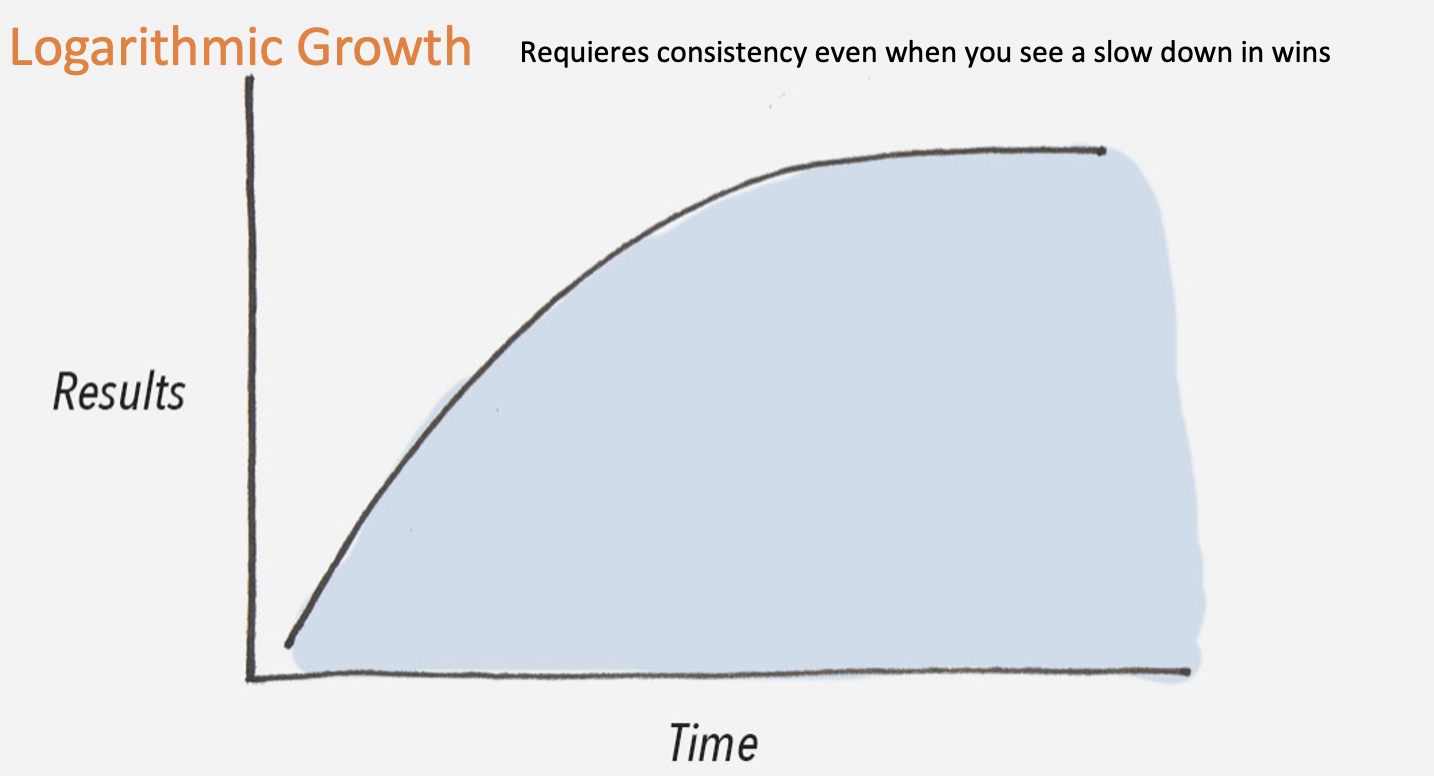There are 2 types of growth curves: Which one represents your growth as Globalization professional?
We tend to think that many things in life work and progress linearly.
We often hear that we will achieve it if we focus on something. The more effort we put into executing something, the sooner we get it.
If we make an effort, for example, 1 hour a day to learn Chinese, imagine what we can achieve if we study 2 hours!
If we make an effort 1 hour a day to study music, imagine what we can achieve if we dedicate 3 hours a day!
This leads us to think that the more hours we dedicate to something, the sooner we succeed.
And if we assume that this progress will always be linear, we will get frustrated.
Most things in life do not follow a linear progression.
Some do; for example, if we earn $20 an hour for doing a job and I'm working all morning, I'll have made $80 by lunchtime.
But in most areas of life, progress does not work that way.
There are 2 growth curves and understanding which one we are on will help us improve our Localization strategies, and improve something that is even more important, our mental health.
Join me as I explain to you how both curves work
Curve type 1 Logarithmic Growth
In this type of curve, we have very high progress initially, and then we stagnate.
Indeed all of us who work in the Localization industry have an example that will help us understand it well. Learning a language is a clear example of a logarithmic growth curve. I remember when I started learning German a few years ago. In the first 2-to 3 years, I made a lot of progress. I remember going to the Goethe Institute without having much idea. It was fascinating because every week, I learned a lot of words. In 3 years, my German learning curve grew a lot! And then I stagnated; the fourth and fifth year of studying German was a nightmare because the progress was minimal.
Type 2 Exponential Growth Curve
This type of curve is the opposite, we have slow progress initially, but then the curve shoots up!
Another personal example to give you a good understanding of this curve is this blog.
I started writing in 2017 and more consistently since 2018. I've been creating content for 5-6 years.
The first year practically no one was reading me. Having 100 visualizations of my content was hard; going from 100 to 1000 visualizations took me about two years, but reaching 2000 was easier, and reaching 3000 was less challenging. Nowadays in one month, I can grow in views that took me a year in the beginning. The growth of my blog is being exponential.
The problem of each curve and how to apply it to the world of Localization
Click HERE to download the infographic
No curve is necessarily bad; what is terrible is not knowing which one we are on.
For example:
You start a new job as Senior Localization Manager in a company with 5000 employees. You visualize yourself having meetings with your stakeholders and explaining the importance of including pseudo localization tasks in the design phase. You imagine yourself meeting with developers to perform code internationalization tasks to create global-ready products. You think about how you will integrate machine translation tasks into the content creation workflow and prepare presentations to align expectations with content writers. You imagine yourself doing all that and fantasize about all the progress you will make in the first few months in your new role. Being optimistic and having a clear plan is fine, but thinking that we are going to achieve great progress quickly when we are in a company with thousands of employees is a path that will lead us to disillusionment; to despair when we see that, no matter how much we explain the virtues of Localization best practices, some teams and stakeholders do not follow our advice.
Implementing a localization program in a large company is a case of an exponential growth curve, not a logarithmic growth curve. It will take time before our localization strategy starts to take root in the heads of our stakeholders. But once that happens, we're going to have a lot of people who understand why Localization is important, and we're going to have a lot of allies.
Slow progress at first, and then boom!
Now let's look at a different scenario. You are hired as Localization Manager by a startup releasing an app that we install on the Apple Watch, sync it with Spotify/Apple Music, and the AI will change the music for us when we are in workout mode based on our heart rate. The company founders have put together a small but talented team of 16 people who will work hard to realize the dream of this app that gets us in shape without neglecting our health. Ah, of course, we want to have this app ready for 12 languages, so they've hired you for that!
In this scenario, the bureaucracy and number of stakeholders will be infinitely less than a company with thousands of employees. In just a few days, you will have met with all your stakeholders, and within a few months, you will have your internationalization checklists as part of the greenlight to signoff code.
As the company grows, which it will, because the app we are making is incredible, our localization efforts, especially our progress, will stagnate. We are in a clear case of a logarithmic growth curve. Very fast at first and then...
What can we do about it?
I like the way James Clear, my favorite author since I read Atomic Habits summarizes it. He says when he talks about habits that neither type of growth is good nor bad. These growth patterns are simply the way certain things work. However, it is vital to understand the growth pattern of our activity to set expectations appropriately.
That is why we should expect rapid progress from our localization efforts when playing a logarithmic game. Similarly, we should not expect low-hanging fruit and quick success when running a complex localization program or in a gigantic enterprise.
When we are dealing with localization tasks that fall on the logarithmic growth curve, we must develop mental toughness and resilience as there will come a time when progress will stall. If we want to succeed in logarithmic growth, we must learn how to fall in love with the boredom of doing the work.
Likewise, when dealing with exponential growth, the key is to develop patience and be willing to spend a long time doing the work even if the results are slow in coming. It takes dedication to persist.
This idea is something popularized by Malcolm Gladwell with the concept that we need "10,000 hours" to become an expert in your field.
Summary
Often professionals working in the localization industry complain that localization is perceived as a transactional activity, or as a commodity or that it is an afterthought or (insert your reason here).
That is why understanding the type of curve we are dealing with is super important. It will help us to set the expectations appropriately. There is nothing more frustrating than having expectations that don't match reality. So if we are not happy with the kind of growth we are having in our localization activities, then perhaps we should consider what kind of curve we are on and act accordingly. In the logarithmic curve, we should focus on improving long-term habits and developing skills related to grit.
In the exponential curve, we must focus on doing the needed work for as long as it takes until the results come.
Once we know what curve we are on, two things happen
1. We will know what we have to do in each curve to get the expected results, and we will have a clearer idea of the timeline of the curve (remember! this is good for our mental health).
2. we will know if we have chosen the right curve or if it is time to look for another curve (aka another company, another job .... ).
And you, in which curve are you at this moment of your life as a Localization specialist, are you logarithmic? Or rather exponential?
Are you satisfied with the curve, with the progress you have, or on the contrary, do you think you deserve something more?
@yolocalizo
















Localizability has always been a challenge small issues in source content often lead to big problems later in translation. In this post, I explore how AI is giving localization teams a powerful new way to improve source quality, reduce friction, and create better content for every market right from the start.